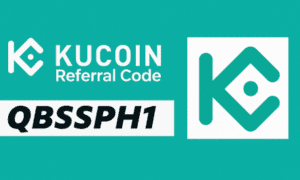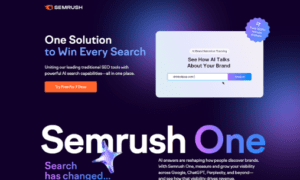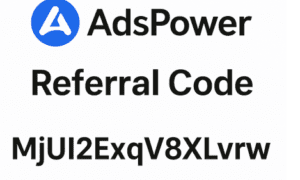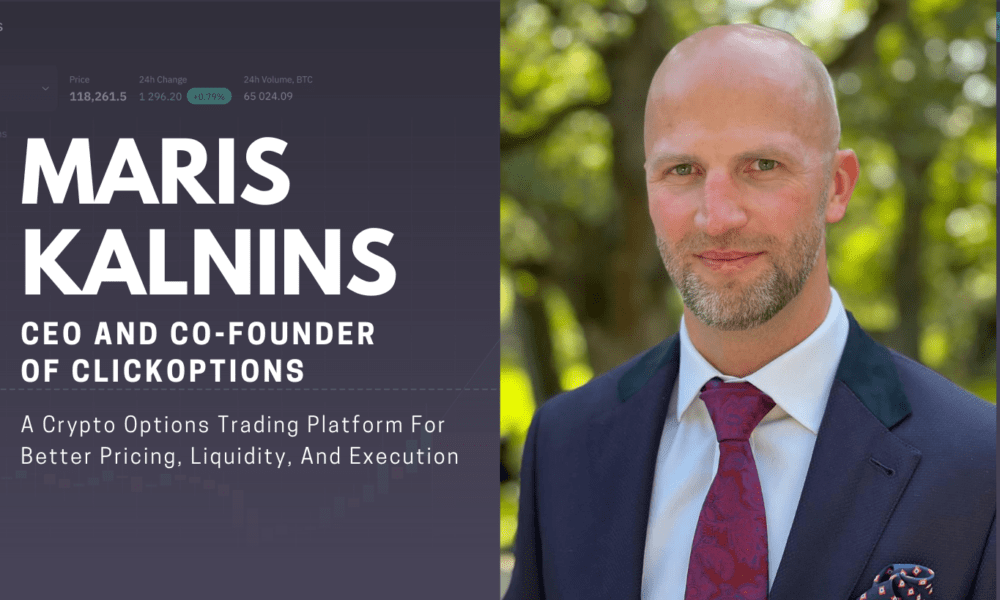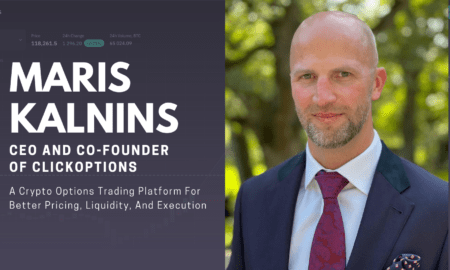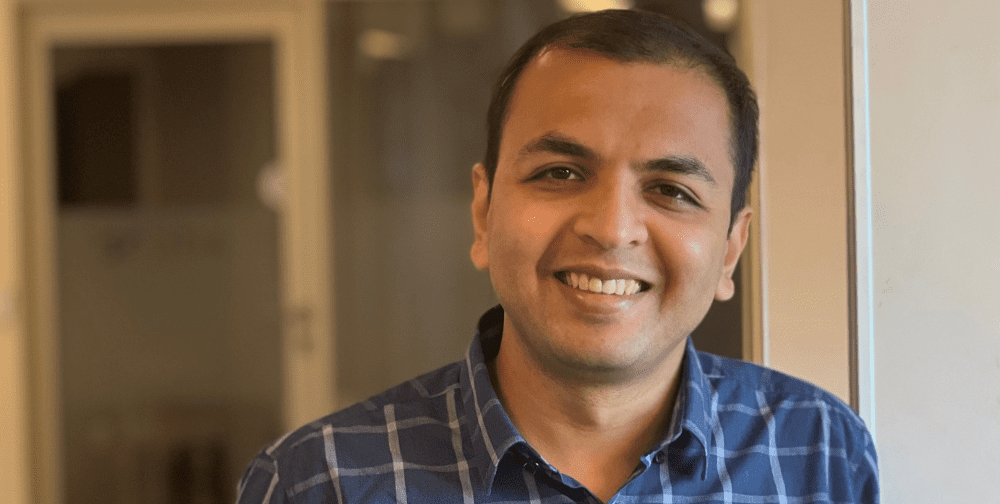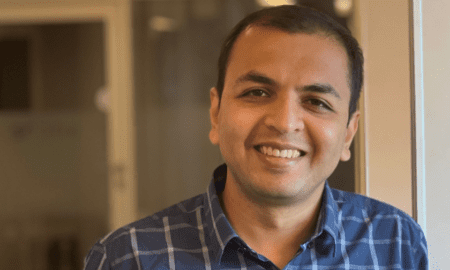In 2025, game developers are navigating a landscape marked by rising costs and the imperative to optimize resources. According to Unity’s 2025 Gaming Report, 45% of developers are focusing on efficiency tools to enhance productivity, while 24% are prioritizing better operational results and exploring additional monetization methods. The golden age of rapid scaling has given way to something more sober and more strategic.
This shift has created space for a new kind of developer. Not just a coder, but a systems thinker. Someone who can improve pipelines, mentor teams, and ship solutions that multiply impact across an entire studio. Yurii Sulyma is such a person. He is a Lead Unity Developer at Cubic Games, one of the leading mobile game companies in Eastern Europe. Yurii is working on Cubic’s flagship title, Pixel Gun 3D, a globally popular multiplayer shooter with tens of millions of downloads and a dedicated player base across Android and iOS.
Beyond his technical innovations, he has also mentored over 20 junior developers, many of whom have secured positions as mid-level engineers. He is also a participant in Hackathon Raptors, reflecting his recognized standing in the global tech community.
In this interview, we speak with Yurii about how he’s solving deep-rooted bottlenecks in the game development process and why his disruptive approach to mentorship challenges industry norms.
Yurii, thank you for speaking with us. Regarding the trend, what do you think is driving this shift toward optimization across the industry now?
Because the stakes are higher than ever. Games are more complex, teams are larger, and expectations from both players and investors continue to grow. In this environment, simply releasing new content isn’t enough! You have to streamline how you build and maintain that content. Studios are realizing that if your internal systems are inefficient, it doesn’t matter how great your creative vision is. You’ll lose time, money, or talent. Or all of that. That’s why efficiency tools and smarter workflows are finally getting the attention they deserve.
And you didn’t just observe that trend—you acted on it. Your Addressable Service plugin, which won “Development of the Year,” is now used to cut asset packaging time from 15 minutes to just 5 seconds. What pain point were you solving, and how did you manage to design something both powerful and easy to use?
It came from a real pain point. I was working on large Unity projects where packing assets into Addressables was incredibly slow, taking 15 to 30 minutes per item, and was done manually. Developers were wasting days on routine packaging.
I built Addressable Service to make that process near-instant. In two clicks, it detects dependencies, bundles the asset, and logs it properly. I focused on keeping the interface simple so that not only engineers, but also designers and QA, could use it.
The tool’s impact has been huge. It frees up time across the team and reduces the risk of human error. Winning an award for it confirmed that this wasn’t just my internal itch—it was a widespread challenge that others needed solved too.
Additionally, you developed a custom encryption algorithm that protects in-game data, such as scores and currency, from external tools like Cheat Engine. Given your experience in gameplay and client logic, what led you to focus on game security?
Because cheating is more than an annoyance—it’s a threat to revenue and player trust. Players modifying memory to gain unfair advantages in mobile games can disrupt the entire in-game economy, leading to player outflow and a natural decline in the profits of the publisher and developer.
I developed a lightweight encryption algorithm specifically for numeric values, utilizing dynamic XOR keys, dummy fields to confuse memory scanners, and session-based salts to alter behavior each time. It’s not just secure, but also optimized to prevent slowdowns in gameplay on mobile devices.
Since integrating it, we’ve seen a noticeable drop in exploit cases in the titles to which it was applied. And it has helped reduce our support load as well.
You’re also known for a mentorship system that bypasses traditional entry paths, helping over 20 people land their first job as Middle-level developers, some earning $2,000–$4,000 from the start. What makes this model work?
The truth is: talent doesn’t need a “Junior” label if it’s already performing at a Middle level. My model focuses on simulating real production environments: we build mobile games, conduct architectural planning, write production-ready code, and review it as if in a real team.
What sets it apart is my database of 142 real-life job interviews. We use those to practice, analyze failure points, and learn from actual hiring situations.
I also teach them to write truthful, yet strategically positioned, resumes. Many people understate what they can do. We fix that. And employers respond. Ultimately, companies want results, not just a label.
That perspective was at the center of your 2024 GameDev Summit talk, where you addressed this head-on. The talk sparked debate across the dev community. Why do you think this approach resonates with so many and unsettles others?
Because it challenges how we define readiness in this industry. At the summit, I explained that the method isn’t about lying—it’s about positioning real work in a way that reflects actual ability. My students build real projects from scratch, pass code reviews, and simulate team workflows. That’s more experience than some Juniors get after six months on the job.
The controversy comes from tradition. Many hiring managers are used to equating time with competence—“three years of experience” means “Middle,” even if the person’s been writing poor code that whole time. I believe in flipping that: if your code and mindset are already at Middle level, that’s what you are.
That said, I always draw the line at honesty. We never fabricate roles or companies—just help students communicate their value more effectively. And for many who felt locked out of IT, this shift in perspective is the first time they realize: they belong here too.
Your recognition hasn’t just come from your team or your students. As a fellow of Hackathon Raptors—a globally recognized program with over 1,500 participants from 30 countries—you earned the title through a highly selective process that assessed technical excellence, teamwork under pressure, and practical impact. What did that experience bring to you as both a developer and a mentor?
It was a strong validation of what I’ve been building. Hackathon Raptors doesn’t just look at your technical skills—they assess your ability to solve problems under pressure, work with teams across cultures, and bring real value to a challenge. Being selected as a fellow meant I could contribute at a high level and also observe how others tackle complex scenarios.
Mentorship and engineering are two sides of the same coin. In a hackathon, you’re constantly adapting, guiding, and building at the same time, just like in my day-to-day work. The global perspective was refreshing, too. I saw how developers from completely different ecosystems approach optimization, and that gave me a few ideas I’ve since applied in my team at Cubic Games.
Now you are leading client development on Pixel Gun 3D at Cubic Games, you’ve introduced a game-wide error tracking system and restructured the development rhythm to improve code quality. How do you implement change without overwhelming your team?
The key is to reduce friction, not add pressure. My priority was visibility—I implemented structured error logging, which allowed us to identify and fix issues before they reached players. This had an immediate effect on game stability and reduced the volume of support cases.
Next, I turned to our release pipeline. The previous update cadence was fast but unsustainable. It was exhausting the team and limiting our ability to test and refine features. I proposed a new pace: fewer updates, but more refined ones. That gave us the time to improve our planning, increase code quality, and invest in technical improvements that would otherwise have been postponed.
Since then, we’ve seen noticeable improvements in both productivity and morale. Developers are no longer working in constant crunch mode, and the overall quality of the product has gone up. Change should feel like clarity and control, not chaos.
You started in law school, left the field, and returned to tech through Unity. How has that personal path shaped your mission today?
It’s shaped everything. I didn’t get into computer science because I hated math, and was told I wasn’t fit for tech. Ironically, that detour taught me to approach problems in a different way. When I discovered Unity and started teaching myself C#, I realized development wasn’t about equations, but about systems thinking, structure, and persistence. That mindset defines my work today—whether I’m building automation tools, mentoring talent, or redesigning production pipelines. It’s never been about credentials. It’s about solving problems with logic and intent. I mentor with one belief in mind — breaking into tech is not about credentials, but about demonstrable skills, direction, and real proof of work.








